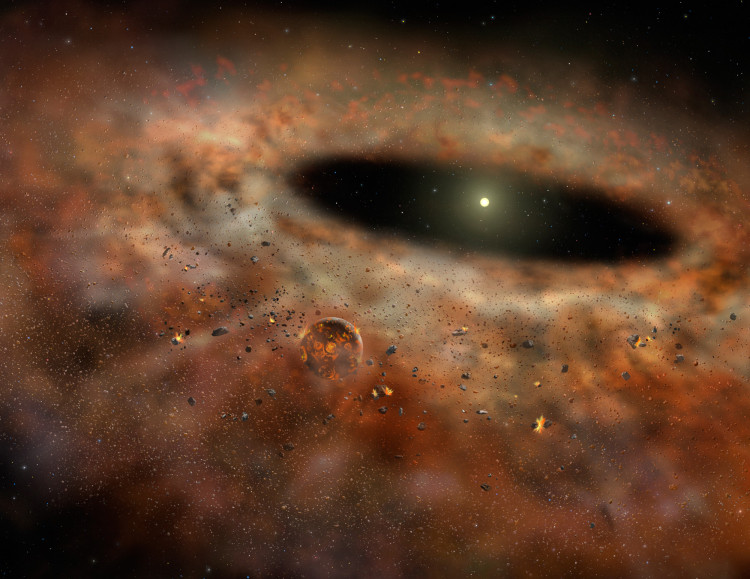Netherlands Research School for Astronomy (NOVA) | 2020 Jun 18
Scientists have found evidence that planets form in a blink of an eye on a cosmic scale. New results, obtained using the combined power of Atacama Large Millimeter/submillimeter Array (ALMA) and Very Large Array (VLA), show that very young disks, with ages of between 0.1 - 0.5 million years, have more than enough pieces to assemble planetary systems.
A conundrum that’s been puzzling scientists for years has just found a plausible solution. In recent years astronomers weighed disks across the Milky Way with ALMA. The studies of 1-3 million year old disks kept delivering the news that made scientists scratch their heads - there is a shortage of dust in those mature disks to make even a single gas giant planet like Jupiter, let alone larger planets or groups of gas giants as seen in our solar system.
The answer, says Łukasz Tychoniec, a graduate student at Leiden Observatory and lead author of the new paper, is that “we need to look earlier instead of looking for missing mass.” ...
Dust Masses of Young Disks: Constraining the Initial Solid Reservoir for Planet Formation ~ Lukasz Tychoniec et al
- arXiv.org > astro-ph > arXiv:2006.02812 > 04 Jun 2020 (v1), 05 Jun 2020 ( v2)


